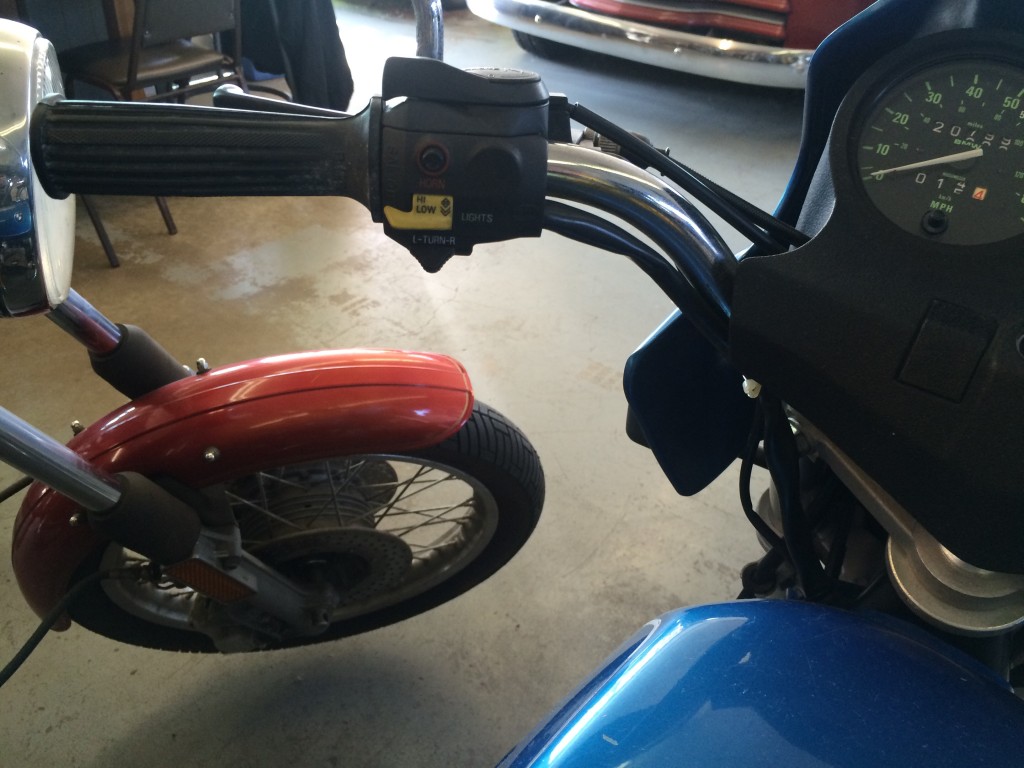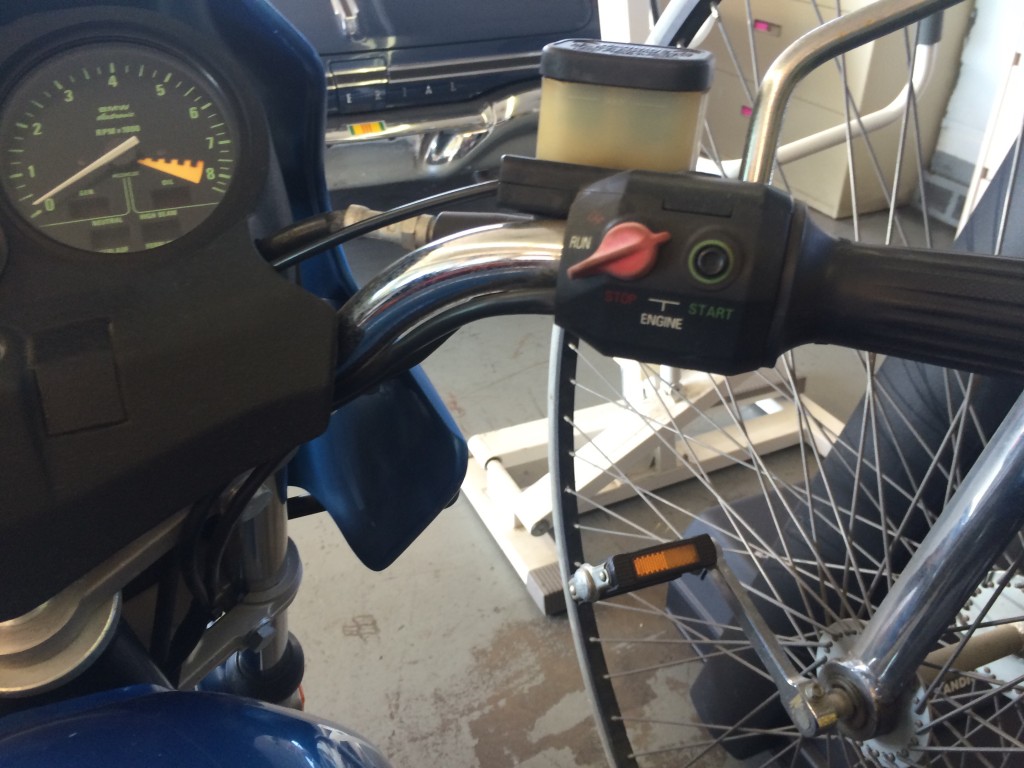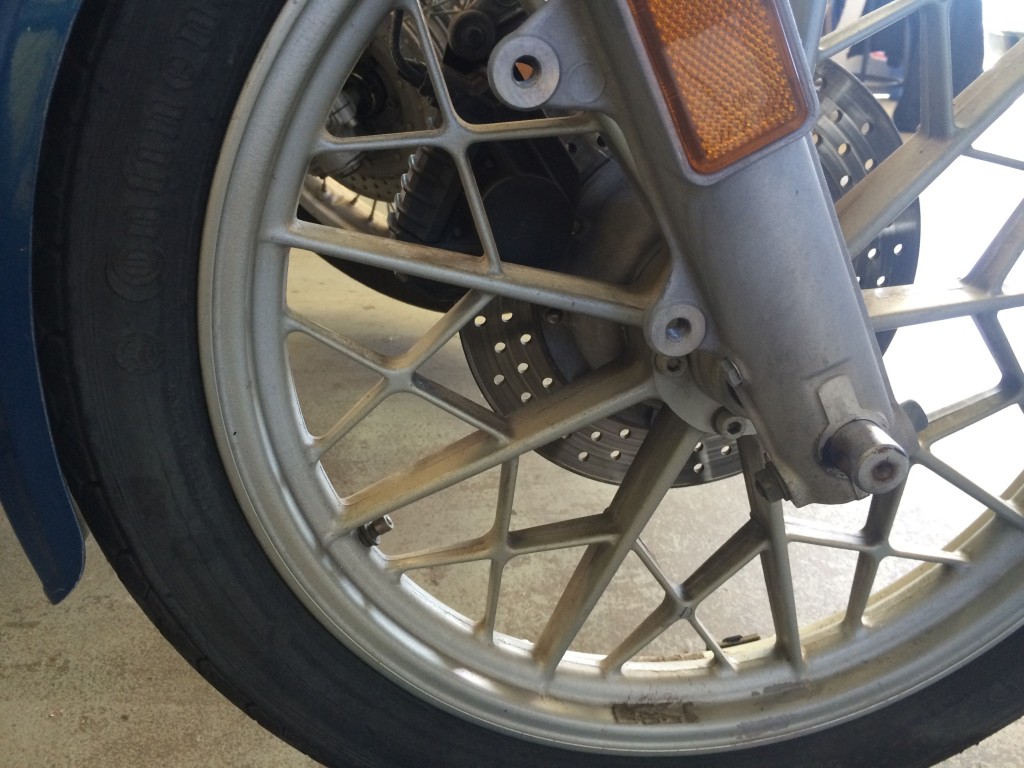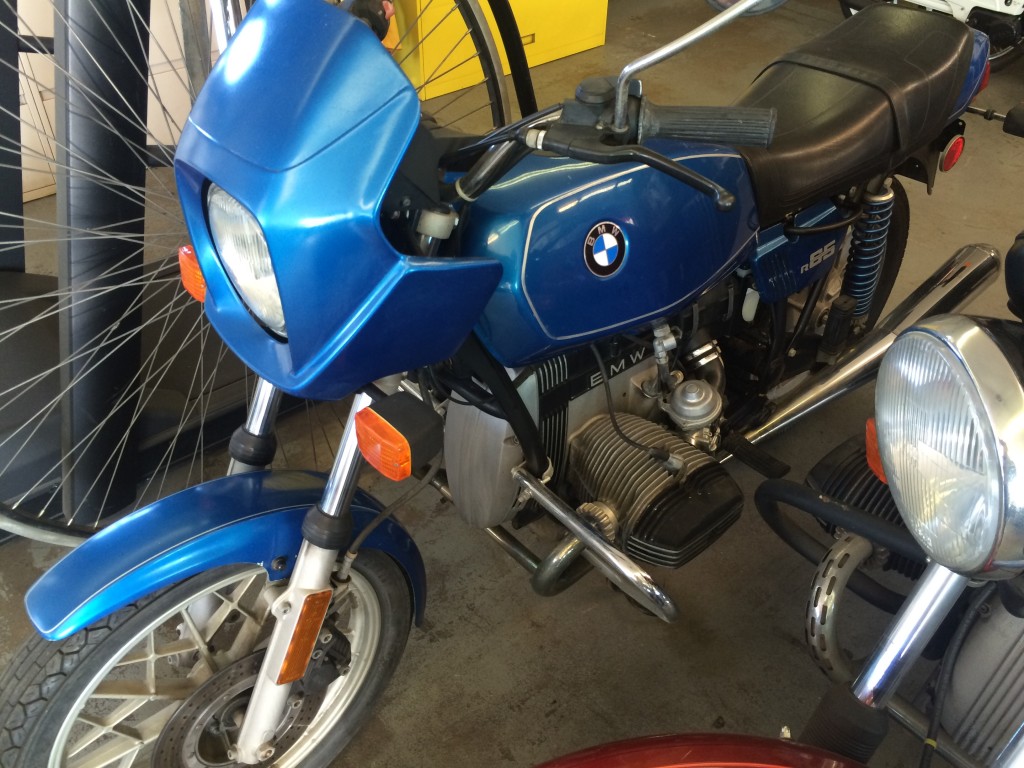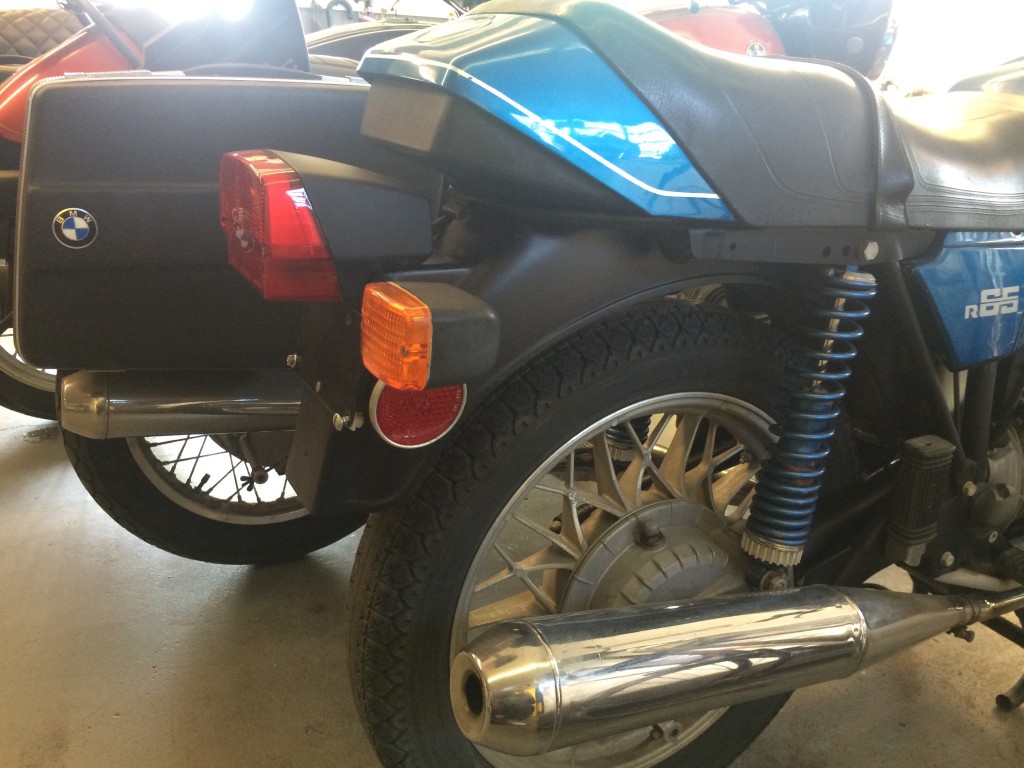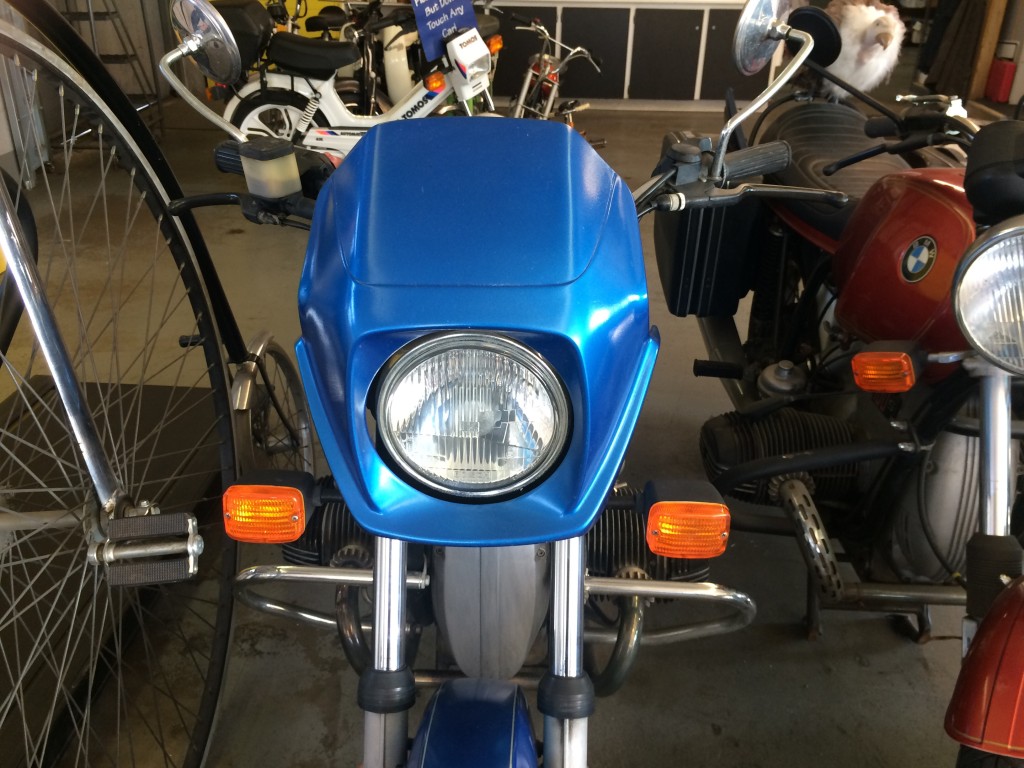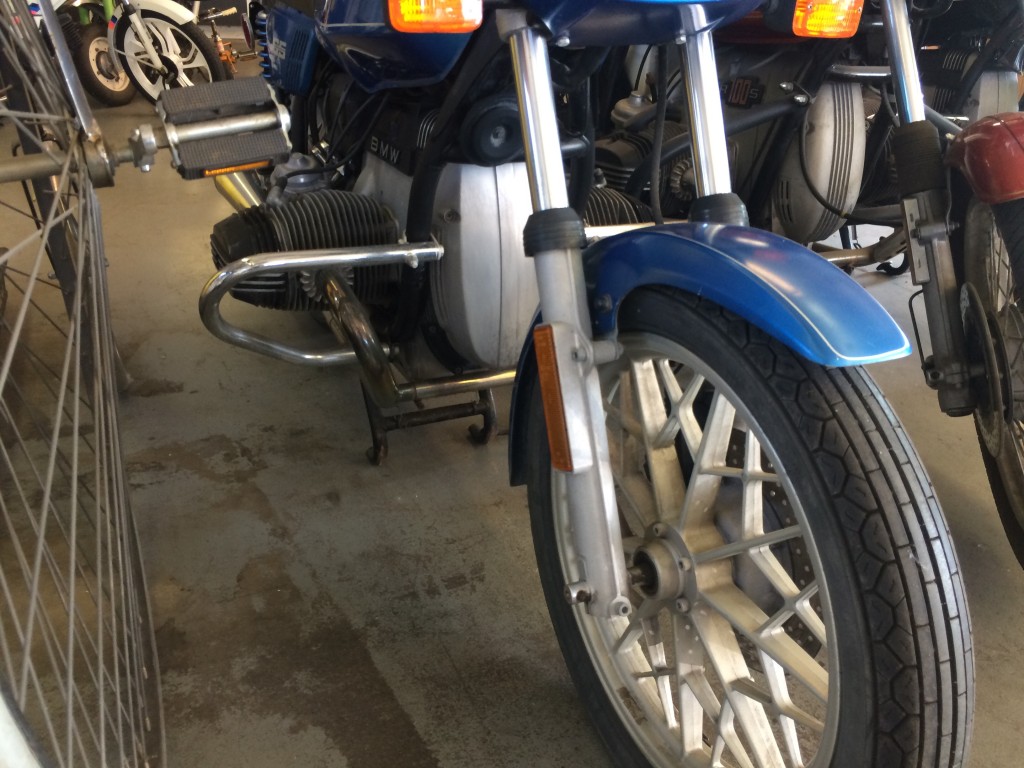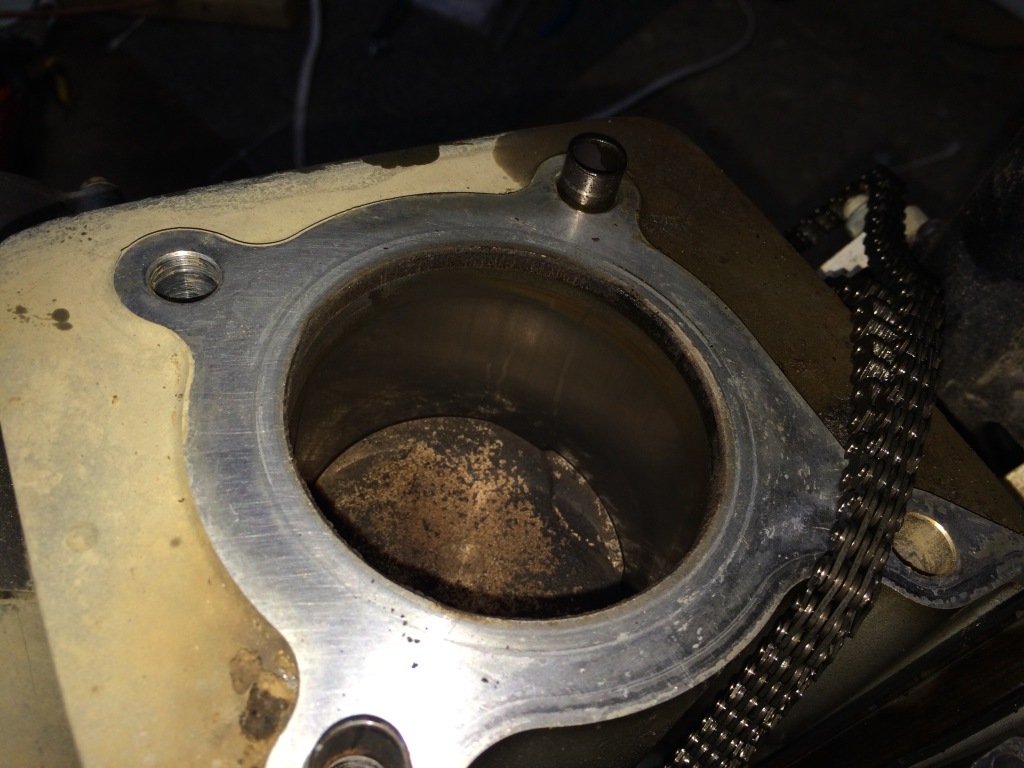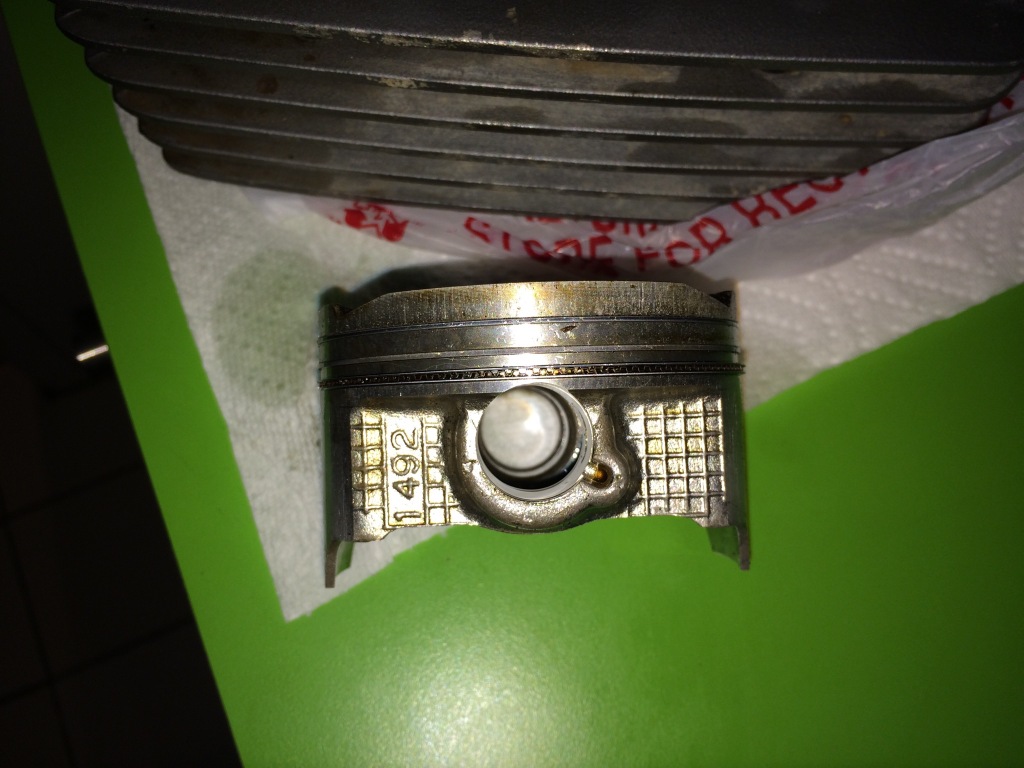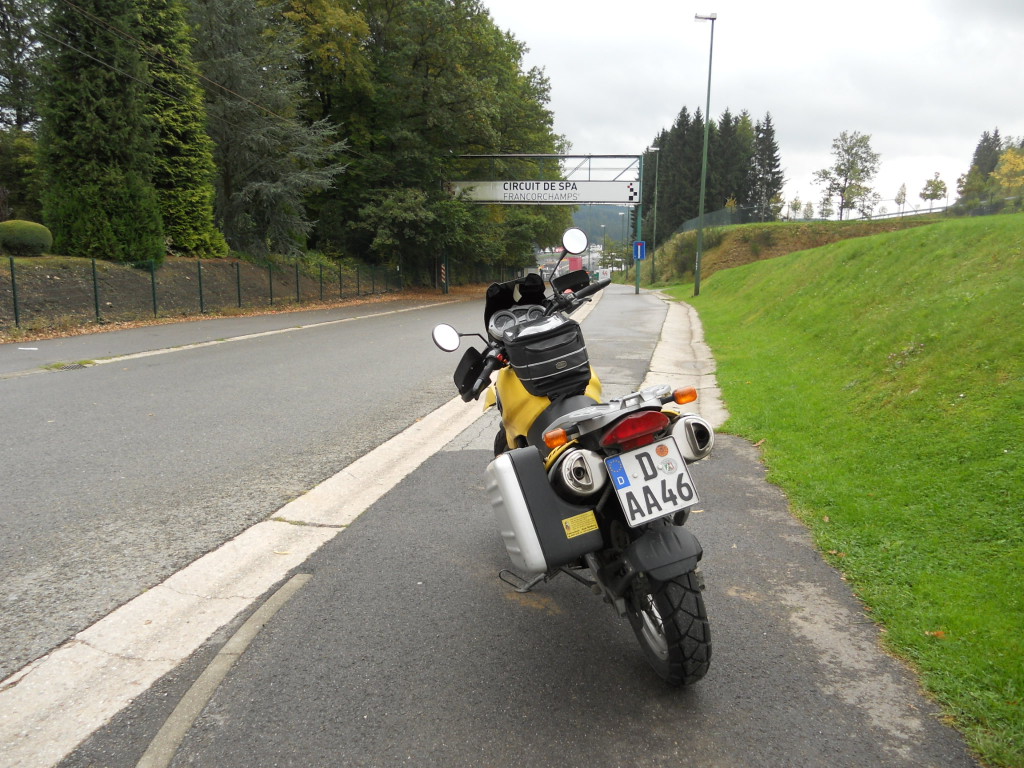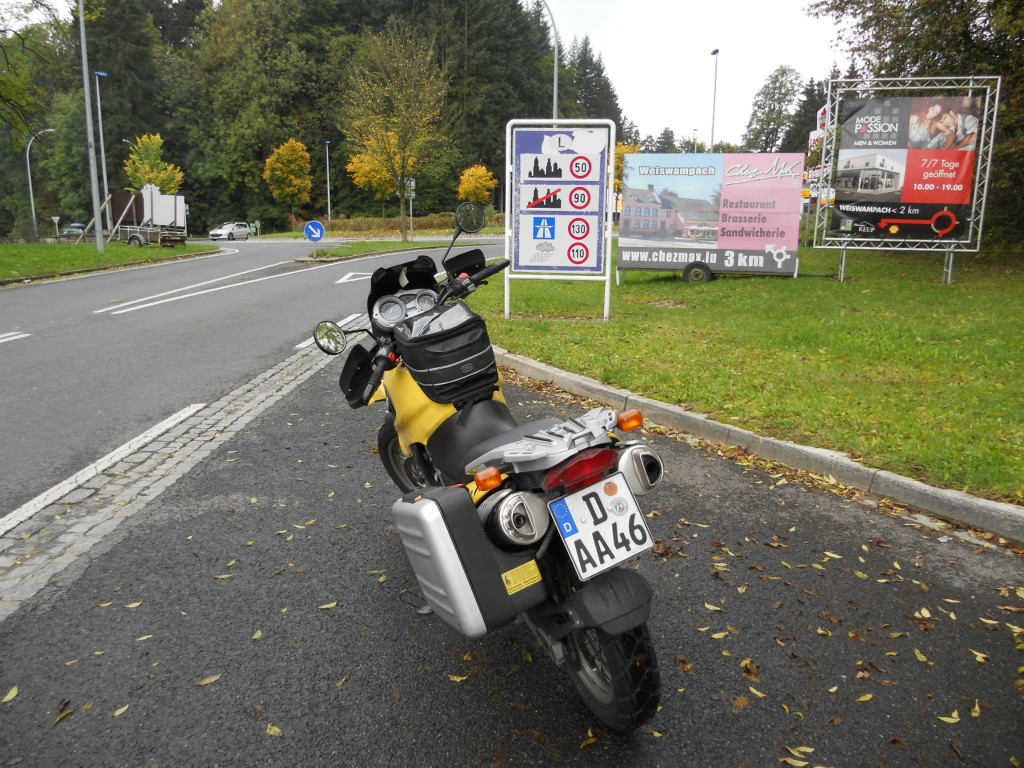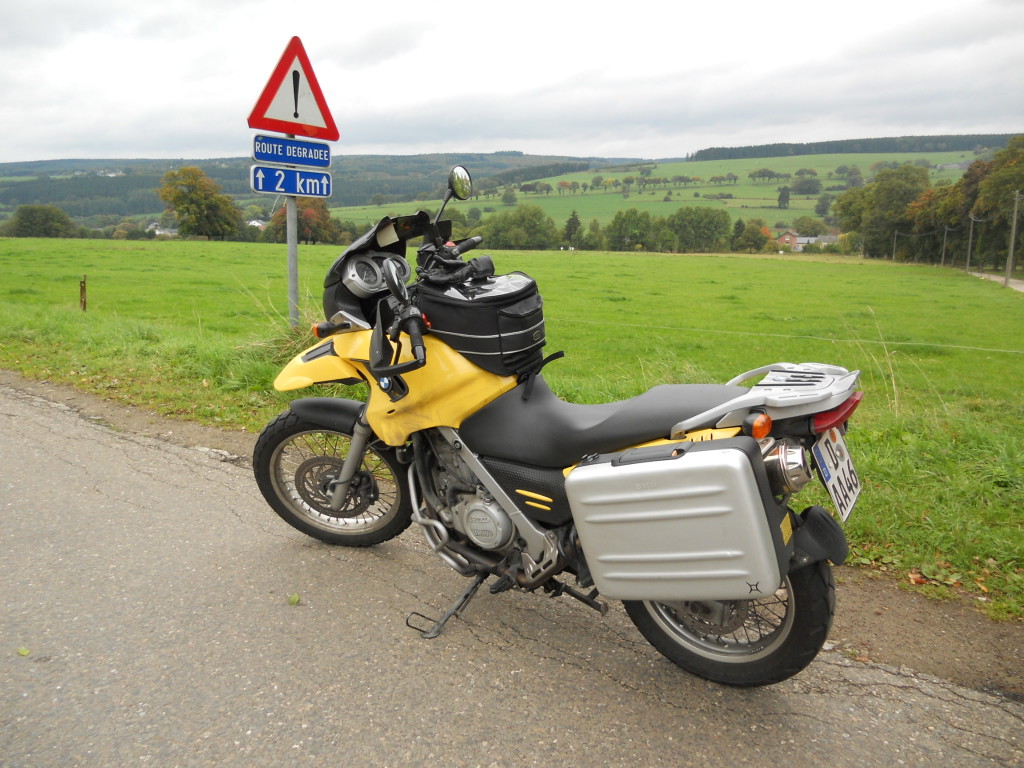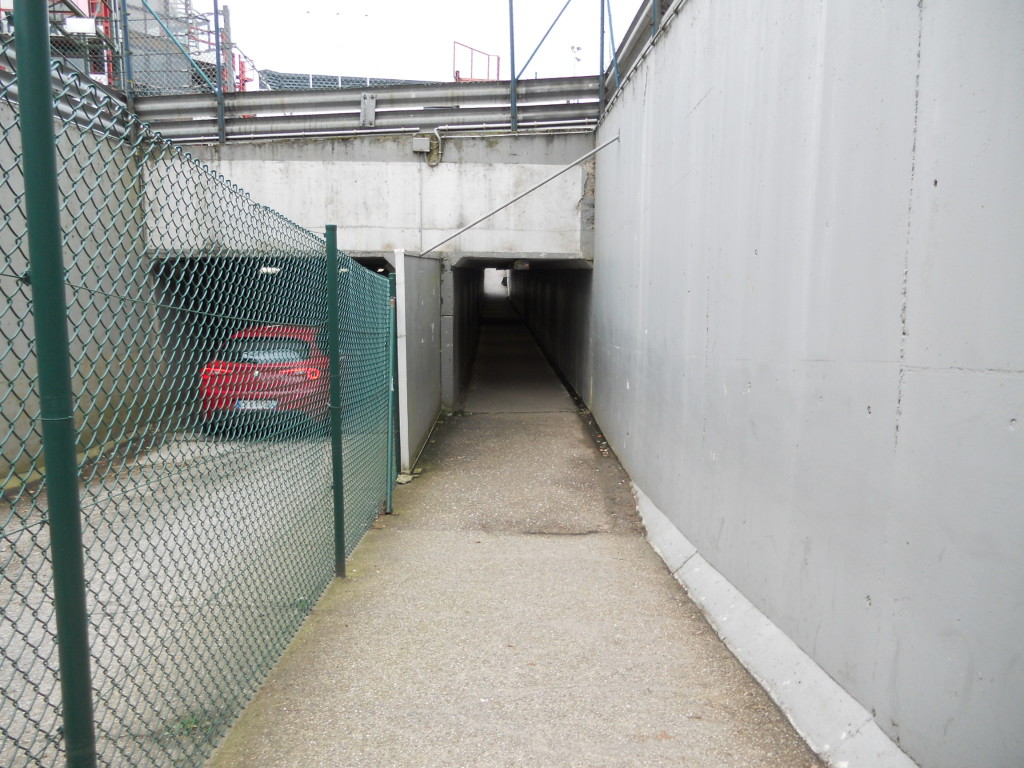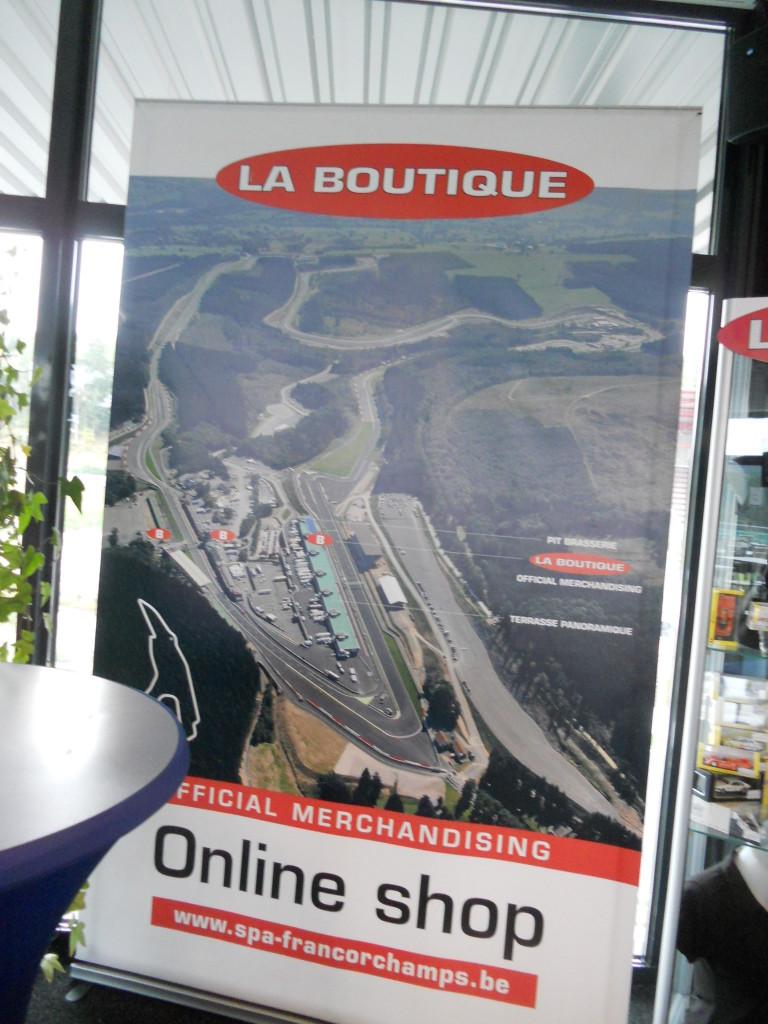Uncategorized
I’ve been trying to learn about taxation in my current home state of MI due to today’s vote on Proposal 15.1 – the road tax mess. I learned enough to vote NO. Here is something that I realized early on and that I think is key to Michigan’s problem: Michigan has a bad habit of slicing and dicing tax revenue so to make the name of the tax and what it supports pretty much completely unrelated.
In most states, a fuel tax goes to pay for road construction, a school tax goes to pay for schools, and so on. But not in Michigan. In Michigan, the fuel tax pays some portion to roads, some to schools, and some to other programs. Nearly every tax levy in Michigan has a slice taken out to fund schools. This obviously helps get the tax passed (think of the children!), but in reality, it makes it almost impossible to use the tax for what it was intended for. Hence our road situation – the fuel tax has been sliced and diced so much that it no longer has any positive impact on road funding. But the children!
Had the state legislature put their collective foot down and said “you know, we’re going to shift the slicing around and make the road tax on fuel actually 100% for road repairs and size it appropriately” and then called it a day, the citizens of Michigan would likely be voting YES. Instead, they made the slicing even more complex (and expensive, and progressive).
Hopefully, today, my co-residents will also say NO to this absolute cluster of taxation and send the legislature back into session with a mandate to do something useful.
The trend to moving content away from text and toward video is exploding, and it’s been driving me crazy for a while. Last night, I finally realized why.
I am a reader, but that isn’t it.
I’m not a watcher, but that isn’t it.
What it is a control thing. When I read a report or news story, I control how I internalize the content. I control the rate, the flow, and many other factors. I can gloss over parts that I deem unimportant or fluffy and reread the parts I want to dive into. I can process the prose and get it. I can jump ahead when I want to and pick out the bits that really make the piece work and enjoy them. It’s fun and involving to read a story. Time flies.
With video, I have to wait. First, the splash screen. Then the intro. Then the obligatory introduction of the host. Then who knows what else. And the story? Well, good luck with that. The presenter has control, and I don’t have the chance to internalize it, just to watch it and hope I can get what I need from it. I figure that out of every two-minute news clip on (news site of your choice), less than half of the time is actual reporting. The credits are always at the end, too. I like the credits and they are important to me.
But more important to me is my time. And I’m wasting it when I try to watch video news.
That’s it. Just a random musing about how I process content. I guess it’s also why I have trouble with internet news lately. Everything is a link to time-wasting video.
It wasn’t the carb. It was the piston. I had an overheat a while back, and the rings decided to stick themselves into the lands. I lifted the head, which was fine, and then pulled the cylinder. Once I got the cylinder off, I looked at the piston and thought, doggone it, it’s ringbound. I really did overheat the stupid thing.
The old Narda unit came back out and went to work for a while. Both rings sproinged loose, the lower after about 10 minutes, and the upper after about 30 minutes. The oil scraper was just nasty crunky. As the cylinder is clean and the piston is not damaged to the fingernail test, I’m simply going to wait for my gaskets and rings to arrive and will assemble it and check compression.
I am quite impressed that the oil scraper held 5bar. That is just awesome.
I remember when I was first confronted with Bosch K-Jetronic, the first functional and emissions-compliant mechanical fuel injection system. I was working on my Golf I Cabriolet, tearing it down for a cleanup, and realized that Bosch had simply taken a carb apart and scattered the parts around the engine bay. That was the primary reason K-Jet has always been super-confusing to people who only know EFI: they don’t know carbs.
I used to think I knew carbs.
This Mikuni is killing me. It has more jets than a four-barrel Holley. It has more vacuum hoses and little passageways than a 1970s Jag. Who came up with this thing? And why is it killing my poor Sherpa?
Which is still not running. Poor thing is trying to fire. It is trying so hard to fire. It almost ran last night. Today, I will tear out the pilot screw (the what?), which is the buried part that controls the idle air mixture. Why not just call it that? You know, the idle air mixture screw. Ugh.
Oh, well. Here goes nothing. At least now, I know how to get the carb in and out without killing myself.
I found some pictures from a day trip to Luxembourg. I went because I wanted to check Luxembourg off my countries I have ridden in list. I also wanted to check out Spa. Turns out that some 25 years ago, I was at Spa. I rode around most of Spa when it was a public road and not fenced off yet. As we were driving over the main straight, I looked at the grey/red garages and the checked line on the road and said to my sister “I think we just crossed the finish line of the Belgian Grand Prix”. Now I know that we did. It was no where near as developed then. Unfortunately there was a private track day and I could not buy a lap to ride it. Also, no stickers. Disappointing!
Some pics, in no particular order. I appear to be missing a side case. Hmmm.
I got a Dakar seat for my F650GS!! Several failed attempts resulted in more low/normal seats, one of which I purchased and received before I figured out that it was not a Dak seat. This time, I was able to verify the seat first, and then trade my extra low/normal one for a real Dakar seat. The other rider needed and loves the low/normal seat, thank goodness. The difference between the two seats is amazing. I like my low seat and find it plenty comfy, but the Dakar seat is a completely different animal. The only word for this seat is PLUSH.
Interestingly enough, it does not put me on my toes. It only puts me less towering over the bike. I still have about 1cm of clearance and my feet are flat on the ground with a slight bend in my knees. So the new suspension will be the big event, and I will likely end up with both the new rig and this seat after a bit of acclimation. I love this seat. It is really comfy. Really really comfy. It changes the ergos of the bike slightly, and I like the riding position a lot. Make that – I LOVE the new riding position.
The difference between the low/normal seat and the Dakar seat: Dakar on top, low/normal on bottom. Both pans are identical, with the same part number. This makes identifying the seat kind of difficult.
Not an adrenaline junkie, but a flow junkie.
That’s a good thing.
I mentioned the 20% thing, and my response. While I was holed up under my desk, I took some time to read up on current medical literature to figure out how that 20% was derived. By the way, morbidity is a fancy word for occurence. No one died.
Once you get the headache, the dura needs to heal so the CSF will stop leaking and the headache will stop. Roughly 24% of PDPHs clear up in 1-2 days, another 29% in 3-4 days, and another 19% in 5-7 days. By two weeks, a total of 80% of PDPHs have resolved themselves.
In any population, there are people who have issues and people who don’t. Over the whole population, you can get a general risk factor. But.. certain parts of the population are probably going to be more at risk that others. In my case, I hit the jackpot.
There are three significant studies of the morbidity of PDPH in dural puncture patients. The earliest and most quoted is from the late 1950s, and already a disturbing trend was evolving: there’s something about Mary, and it’s not her hairdo. After controlling for the possibility that women are simply over-reported (due to punctures during attempted epidurals on the delivery table), it was becoming clear even back then that being female is a clear risk for PDPH. Being female raises the risk to close to 40%, effectively doubling it. The two later studies looked at other physical factors, such as weight, physical health, physical fitness, and age. Again, the studies were controlled for the potential over-reporting of females of childbearing age, but an even scarier, and more complete, picture emerged: physically active females with lower body mass indices and age from 18 to 40 years old were shown to have a morbidity rate of 70%. Interestingly, being obese and having high blood pressure cuts the risk to nearly zero. There you have it, donuts are your friend.
It turns out that those of us who love our yoga, our running, our daily attack on fat molecules, also maintain very healthy and flexible tendon and ligament tissue. The dura is just one big ligamentous envelope. One big slow-to-heal ligamentous envelope. Healthy ligaments are stretchy and under some tension, so the small tear that the needle makes pulls open. Less healthy ligaments don’t stretch, they just kind of sag there, so the sides of the tear do not pull apart at all. The pulled-apart opening takes longer to heal, because the little ligament fibres have to reach the other side to join up and patch themselves together. Curse the situps and the sun salutations!
Ouch. That would be me, right there, physically fit skinny chick. Had I known about the 70%, I still would have gone through with the puncture, but I think I would have been less surprised by the onset of what turned out to be the most miserable week of my life so far. I would have been more prepared for the disruption. I might have even taken the pain more seriously when it started and just laid down. But I didn’t, and I didn’t. Ouch.
The release form is rather vague. The doctor is often vague. “About 20% of the people get the headache.” Ok, so, for a healthy, physically active female, this should be nothing. No risk. Um, yeah.
At a time ranging between 12 and 48 hours after the dural puncture (the dura is the membrane that covers the brain and spinal cord), a certain group of people experience a pressure drop in the cranial cavity due to leaking cerebral-spinal fluid (CSF). This pressure drop can be very small or very large, but in all cases, it is very painful. Not that the brain feels pain (it doesn’t), but the tissues surrounding it, and even the skull itself do. Nerved and blood vessels get crunched under the weight of the brain, which is no longer floating in a nice CSF bath. In fact, if care is not taken, you can get a nice concussion going. Yuck.
For me, the onset of the PDPH was about 22 hours after the puncture. I was driving to work when I noticed that my neck was becoming increasingly stiff and painful. That was my brain, snugging up to the rear cranial shelf, crimping some veins while it was at it. A quick check of the internet when I got to work revealed that yup, I had a PDPH. Ok…..
When I signed the form, my doctor was careful to tell me that there was no real cure for a PDPH except time. Pain pills don’t work. The only thing that works is lying down, to equalize pressure throughout the spinal and cranial cavities. You can take a bit of the edge off with caffiene and its wonderful vasoconstricting properties, but you cannot stand or sit up.
I spent the day with my laptop on the floor and my head between my knees. I kept this up for another two days, managing by keeping my head down, taking a small amount of acetaminophen, and a large amount of tea. Most interestingly, I could drink coffee. Normally, coffee makes me sick. Too much caffiene is too much stimulation for my poor little self. But in the throes of this mess, it was nothing. Not a single cell was jittered.
Wow.

